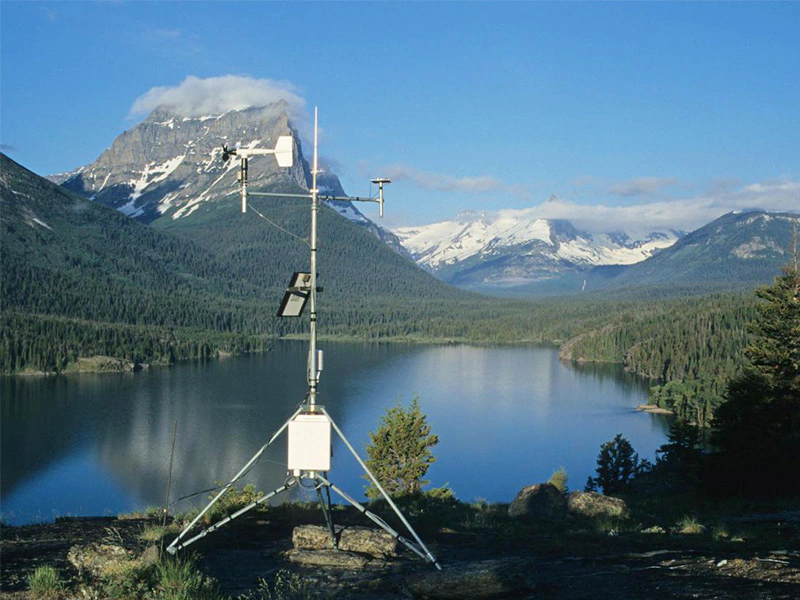
# What Is a Weather Station?
A weather station is a facility equipped with instruments and sensors designed to measure various atmospheric conditions. These measurements help meteorologists, researchers, and even hobbyists understand and predict weather patterns. Weather stations can be found in a variety of locations, from remote rural areas to urban rooftops, and they play a crucial role in weather forecasting and climate studies.
## Components of a Weather Station
A typical weather station includes several key components, each responsible for measuring specific weather parameters:
– Thermometer: Measures air temperature.
– Barometer: Records atmospheric pressure.
– Hygrometer: Determines humidity levels.
– Anemometer: Measures wind speed.
– Wind Vane: Indicates wind direction.
– Rain Gauge: Tracks precipitation amounts.
– Pyranometer: Measures solar radiation (in advanced stations).
Some modern weather stations also include additional sensors for UV index, soil moisture, and even air quality.
## Types of Weather Stations
Weather stations come in different forms, depending on their purpose and location:
– Personal Weather Stations: Used by individuals for home or hobbyist purposes.
– Professional Weather Stations: Installed by meteorological organizations for accurate data collection.
– Automated Weather Stations (AWS): Operate without human intervention, often in remote areas.
– Mobile Weather Stations: Mounted on vehicles or aircraft for temporary or specialized measurements.
## Importance of Weather Stations
Weather stations provide essential data for numerous applications:
– Weather Forecasting: Helps predict storms, heatwaves, and other weather events.
– Agriculture: Assists farmers in planning irrigation and harvesting.
– Aviation: Ensures safe flight conditions by monitoring wind and visibility.
– Climate Research: Tracks long-term climate trends and changes.
– Emergency Preparedness: Alerts communities to severe weather threats.
## How Weather Data Is Used
The data collected by weather stations is transmitted to meteorological centers, where it is analyzed and incorporated into weather models. This information is then shared with the public through weather apps, news broadcasts, and government alerts. Advanced weather stations may also upload real-time data to online platforms, allowing anyone to access current conditions.
## Conclusion
A weather station is a vital tool for understanding and predicting the weather. Whether used for personal interest, professional forecasting, or scientific research, these devices provide the data needed to make informed decisions about our environment. As technology advances, weather stations continue to improve, offering more accurate and comprehensive measurements for a wide range of applications.
Keyword: what is a weather station